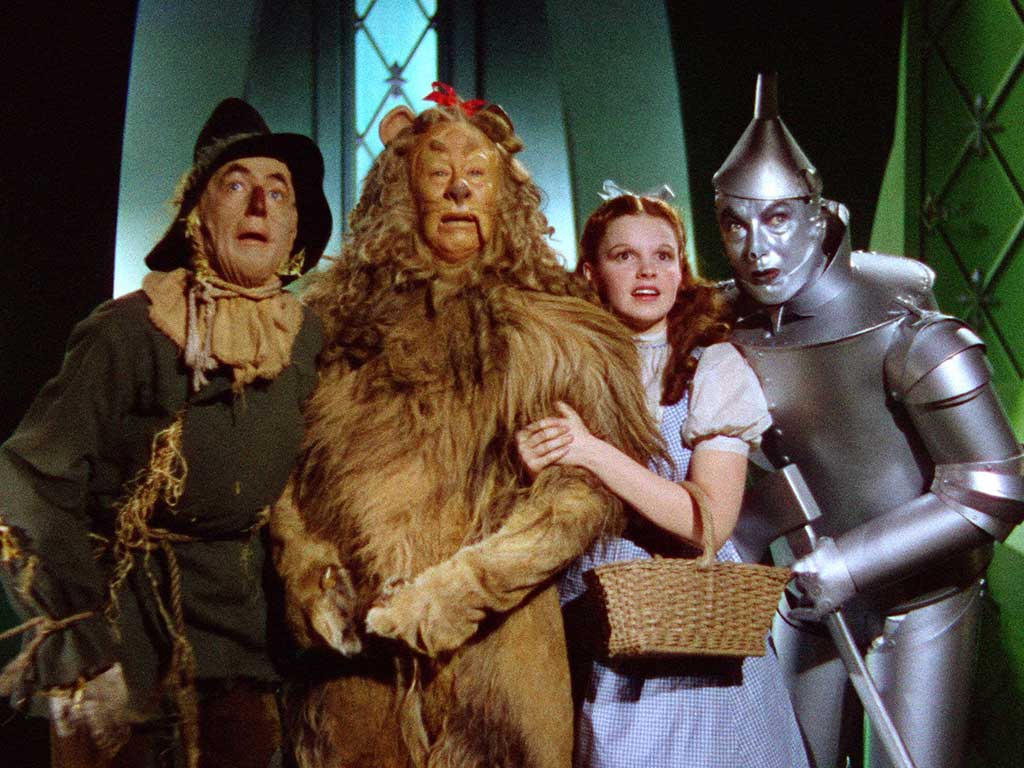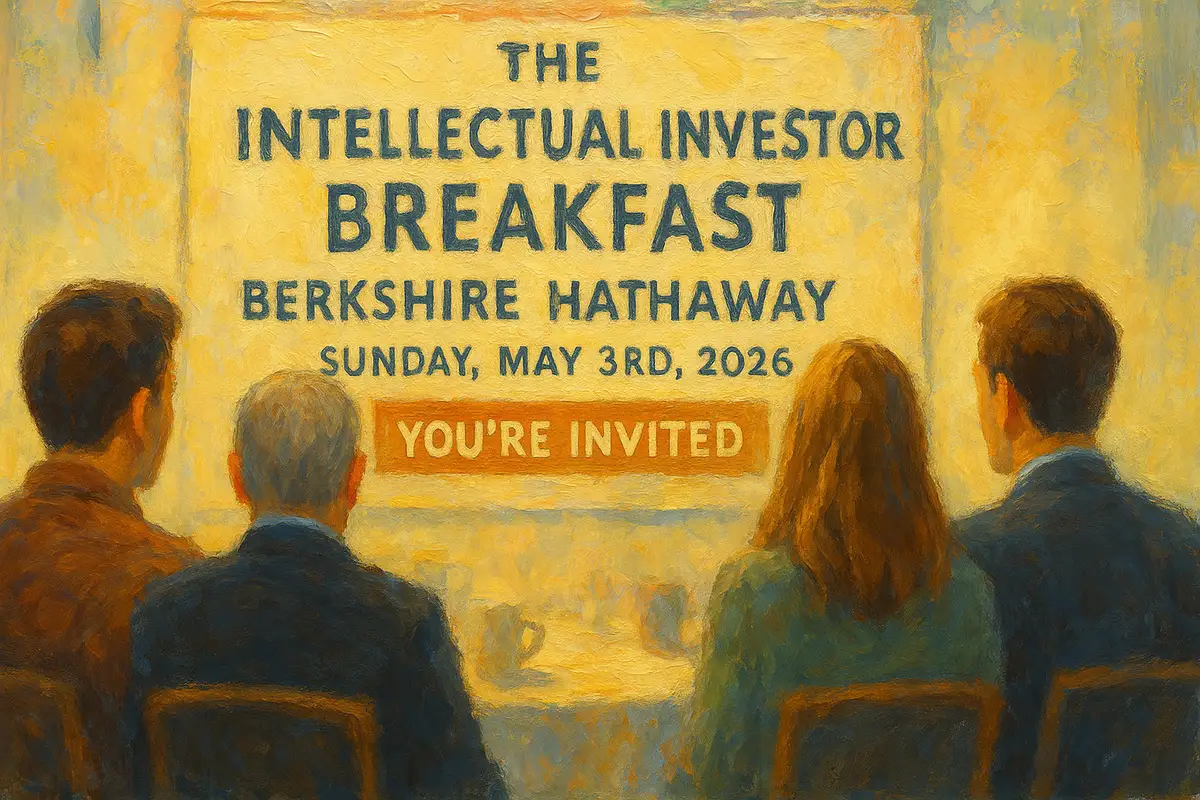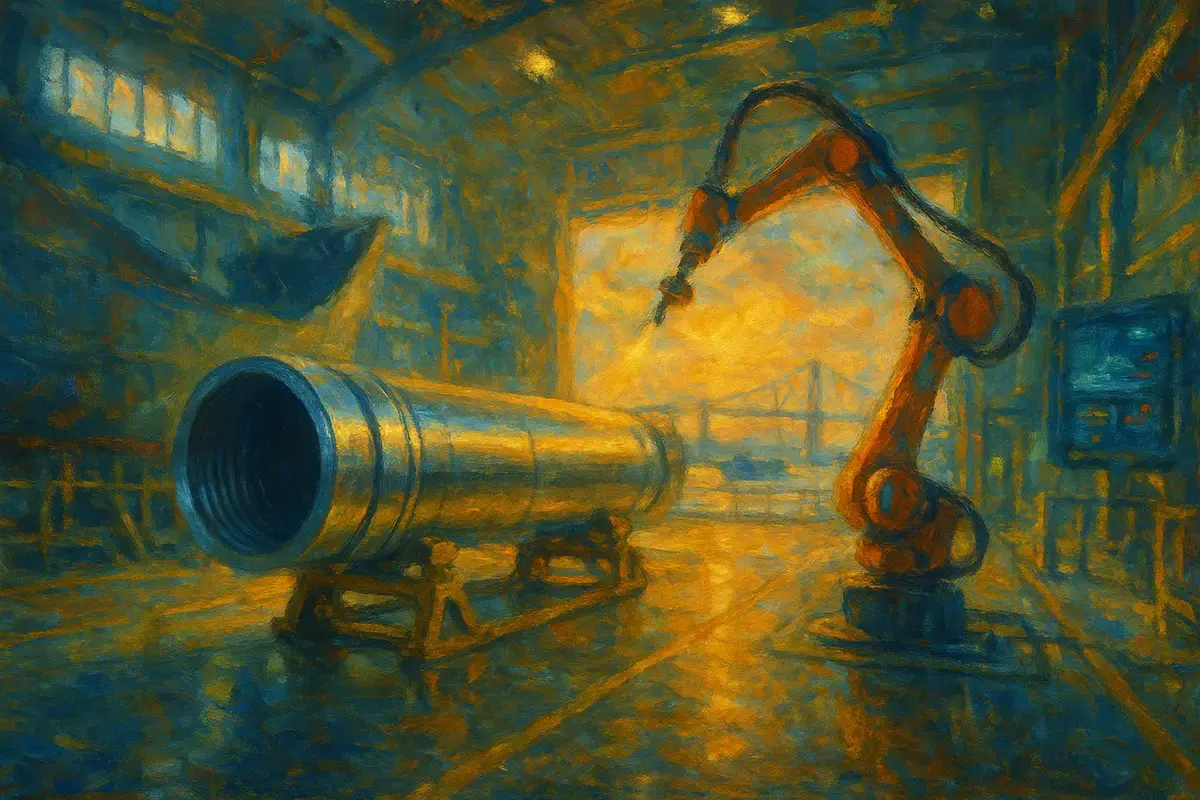In the classic book The Wizard of Oz, the Wizard decreed that everyone who entered the Emerald City wear green-tinted glasses. Visitors and citizens were told that this was to protect them from the “brightness and glory.” In truth, though, the Wizard had lost his mojo and become a run-of-the-mill charlatan. There was no brightness and glory, just an ordinary city built out of stone and glass.
Bull markets are Emerald Cities of our own making. In a bull market it is decreed that investors and the media shall wear green-tinted glasses. Suddenly, all economic news and fundamental facts turn green and glittery — there is no bad news, only shades of good.
In a bear market the mandate is different: Everyone is to wear red-tinted glasses. The Emerald City is no more. Now all news comes in three shades of Soviet Kremlin red: bad, ugly and downright devastating.
This happens because we are human. The pressure of rising prices in bull markets or falling prices in bear markets leads us to engage in backward analysis. Instead of first analyzing the events and only then forming an opinion, we look at the market reaction to the news and let it dictate what we should think.
In the long run, stock prices follow fundamentals like cash flow and earnings growth. In the short run — well, this old cowboy saying tells it all: “Nobody but cattle know why they stampede, and they ain’t talking.”
The danger of wearing glasses determined by the market is that reality will not be suspended forever, no matter the tint of your shades. By following the “color decree,” you are effectively taking advice from the market on how to analyze, what to pay attention to and what to buy or sell. This is the sure road to buy-high-sell-low despair. The market is the worst giver of advice — it’s prone to tell you what you should have done, not what you should do.
Before the market mandated green glasses in October, investors were wearing blood-red shades. They were dreading significant risks threatening the global economy. Let’s quickly run through them and see if much has changed.
European recession and debt crisis: Greece went through an orderly default, the European Central Bank pumped liquidity into the system, and European bond yields declined. But a recession precipitated by governmental austerity is not off the table, and the PIIGS (Portugal, Ireland, Italy, Greece and Spain) still have to figure out how they will deal with their debt and lack of economic competitiveness.
Unraveling of the Chinese overcapacity bubble and potential hard landing: The Chinese government has guided growth down to 7.5 percent, but this may prove to be wishful thinking on its part. Cement and steel production has fallen, car sales are off, and Chinese manufacturing has contracted sharply for five months in a row.
Middle East tensions: An attack by Israel or the U.S. on Iran’s nuclear facilities would lead to a jump in oil prices and instability in the region. With the latest rhetoric from Prime Minister Benjamin Netanyahu and President Obama, this risk has greatly increased.
Japanese debt bubble: Japan is still the most indebted nation in the developed world and pays the lowest yields on its debt. Its population has aged six months since October and is that much closer to the tipping point where Japan’s savings rate turns negative and internal demand for its debt drops off a cliff. Disastrously higher interest rates, rising inflation and other fun stuff are sure to follow.
U.S. housing market: There are a lot of positive signals coming from this dark corner of the economy, but the question still remains: Will the housing market recover if interest rates inch higher from their all-time lows? That’s unlikely, because housing is too addicted to low interest rates. As a result, the recovery will have a lot of fits and starts.
U.S. corporate profit margins: They’ve hit record highs and risk declining toward their rightful place, leading to a drop in earnings. The U.S. needs robust economic growth for the margin problem to go away. The economy has shown improvement, but its rate of growth is unlikely to offer much excitement considering all the factors I’ve mentioned above.
U.S. budget deficit: The U.S. still has a tremendous hole in its budget, and nothing has been done to fix it. So far, the Super Committee, which was created to come up with a legislative solution, has not lived up to its name.
The danger of investing by “color decree” is that you start ignoring the negatives and positives, taking on more risk than you intended during the green phase and focusing only on risk during the red phase. So if you find that the recent market rally has you wearing green glasses, slip them off and take another look, because the global economy is still facing plenty of headwinds.









0 comments
0